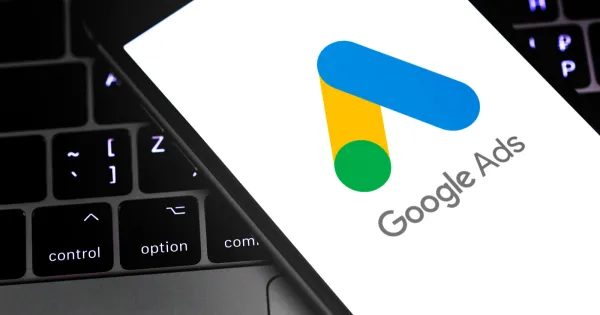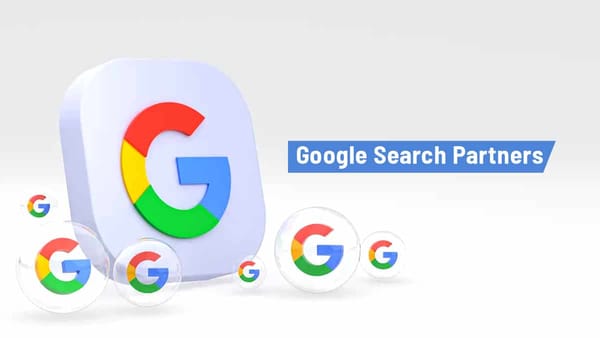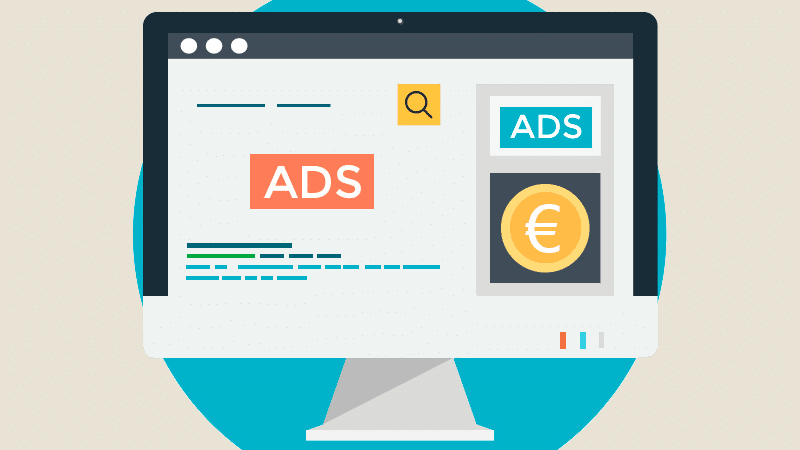Website Design Without Images: Embracing Simplicity and Speed

Introduction
In the world of web design, images are often seen as essential elements to enhance visual appeal and create engaging user experiences. However, there is a growing trend of designing websites without images, opting for minimalist design principles that focus on typography, layout, and functionality. While this approach may seem unconventional, it can offer significant benefits in terms of speed, user experience, and overall website performance. In this article, we’ll explore the concept of website design without images, its advantages, and when it might be the right choice for your business.
What Is Website Design Without Images?
Website design without images refers to the creation of a website that relies solely on text, colors, typography, shapes, and layout rather than images or graphic-heavy content. This minimalist approach focuses on delivering information and functionality in a clean, straightforward way. Without relying on images, the design highlights the importance of typography, color schemes, and intuitive user experience.
Although this design style excludes traditional visual elements like photos, illustrations, and graphics, it still offers a visually appealing and professional design. Websites without images typically use creative layouts, negative space, and well-thought-out text to provide a visually stimulating experience.
Why Opt for Website Design Without Images?
- Faster Loading Times
One of the most significant advantages of designing a website without images is faster loading times. Images, especially high-quality or large files, can significantly slow down a website’s load time. Websites that prioritize speed are not only better for user experience but also rank higher in search engine results.
For businesses in industries where speed and efficiency are crucial (such as e-commerce, SaaS, and news sites), removing images can drastically reduce page load times and create a more seamless browsing experience.
- Improved Accessibility
By reducing the reliance on images, websites become more accessible to users with disabilities. Blind or visually impaired users, who rely on screen readers, benefit from text-based designs that are easy to interpret. Websites without images also tend to work better with assistive technologies like braille displays and voice recognition software.
Moreover, minimalist design reduces distractions, which can be especially helpful for users with cognitive impairments or those who prefer simpler, less cluttered interfaces.
- Cleaner Aesthetic and Focused Content
A website design without images is clean, simple, and focused. The absence of images allows the content to shine without unnecessary distractions. This minimalist design approach often leads to better content readability, allowing visitors to focus on the message without being overwhelmed by complex visuals.
This type of design can be ideal for websites that emphasize text-heavy content such as blogs, portfolios, and educational sites. By cutting out visual distractions, users are encouraged to engage more with the written content.
- Lower Bandwidth Consumption
Websites without images consume far less bandwidth compared to those with multiple heavy images or video files. For users with limited internet connections or mobile data, this can lead to a more pleasant and efficient browsing experience. Additionally, businesses in regions with slower internet connections can benefit from this approach, ensuring their website remains accessible to a wider audience. - Enhanced SEO Performance
Since websites without images tend to load faster, they are more likely to rank better in search engine results. Google and other search engines prioritise fast-loading websites as they offer a better user experience. Furthermore, with fewer large media files to index, search engines can focus on optimising the content, increasing your website's visibility for the right keywords.
Best Practices for Website Design Without Images
- Focus on Typography
Typography is one of the most important aspects of image-less web design. By selecting the right fonts, sizes, and line spacing, you can create a website that is both readable and aesthetically pleasing. Consider using modern, sans-serif fonts for a clean, professional look, and use larger font sizes to improve readability. - Leverage Negative Space
Negative space, also known as white space, is the empty space around and between elements on a page. In website design without images, negative space plays a crucial role in guiding users through the content without overwhelming them. Proper use of negative space ensures that the design feels balanced and allows the text to breathe. - Utilise Color and Contrast
Colors are essential in setting the tone and mood of your website. Without images, color schemes take center stage, creating an engaging visual experience. Contrast between text and background is also important for readability. Ensure that your website’s text is easy to read by using high-contrast combinations, such as dark text on a light background or vice versa. - Optimize for Mobile Devices
With more users browsing on mobile devices, designing without images can have an even more significant impact on mobile performance. Simple, responsive designs load faster on mobile, offering a better experience for users on the go. Use large fonts, well-spaced buttons, and clear calls-to-action for optimal mobile usability. - Use Vector Graphics and Icons
While the focus is on text-based design, icons and vector graphics can replace traditional images. These lightweight elements are visually appealing and do not slow down website loading times. Icons can help illustrate points or improve navigation without overwhelming the design.
When Is Website Design Without Images the Right Choice?
- For Content-Heavy Websites
Websites that rely primarily on written content—such as blogs, articles, or educational resources—benefit greatly from minimalist design. Without the clutter of images, users can easily focus on the content without distractions, improving engagement and time on page. - For Branding or Personal Portfolios
For personal branding websites or portfolios, focusing on clean design can showcase your expertise without unnecessary distractions. For example, a writer’s portfolio might showcase their work with clear, well-structured text, while a designer’s portfolio might use typography and layout to demonstrate their design sensibilities. - For Mobile-First Websites
Designing without images is ideal for mobile-first websites where users primarily access content through their smartphones. Mobile-first design prioritises speed and usability, making minimalist design a natural fit for these platforms. - For Fast, High-Performance Websites
When speed is a priority—such as for news outlets, SaaS platforms, or business websites—a design without images ensures pages load instantly, enhancing user satisfaction and reducing bounce rates.
Examples of Successful Websites Without Images
- Basecamp
Basecamp, a project management tool, employs a minimalist design that focuses on typography and simple icons. The lack of images doesn’t hinder the user experience but instead allows visitors to focus on the product's core features. - The Post Light
The Post Light is a design and development agency that uses a clean, image-free website with a focus on typography, layout, and clear messaging. Their design emphasizes the content while maintaining a modern, sleek aesthetic.
Conclusion
Website design without images may seem like an unconventional approach, but it offers a host of benefits that can improve user experience, SEO performance, and website speed. By focusing on typography, clean layouts, and functional design, you can create a website that is fast, accessible, and impactful, without the need for heavy images or graphics.
In a world where speed and simplicity often win, website design without images can be the right choice for businesses looking to optimise their online presence. Whether for a content-heavy blog or a high-performance business site, minimalist design principles ensure your content stands out, and your website functions at its best.




